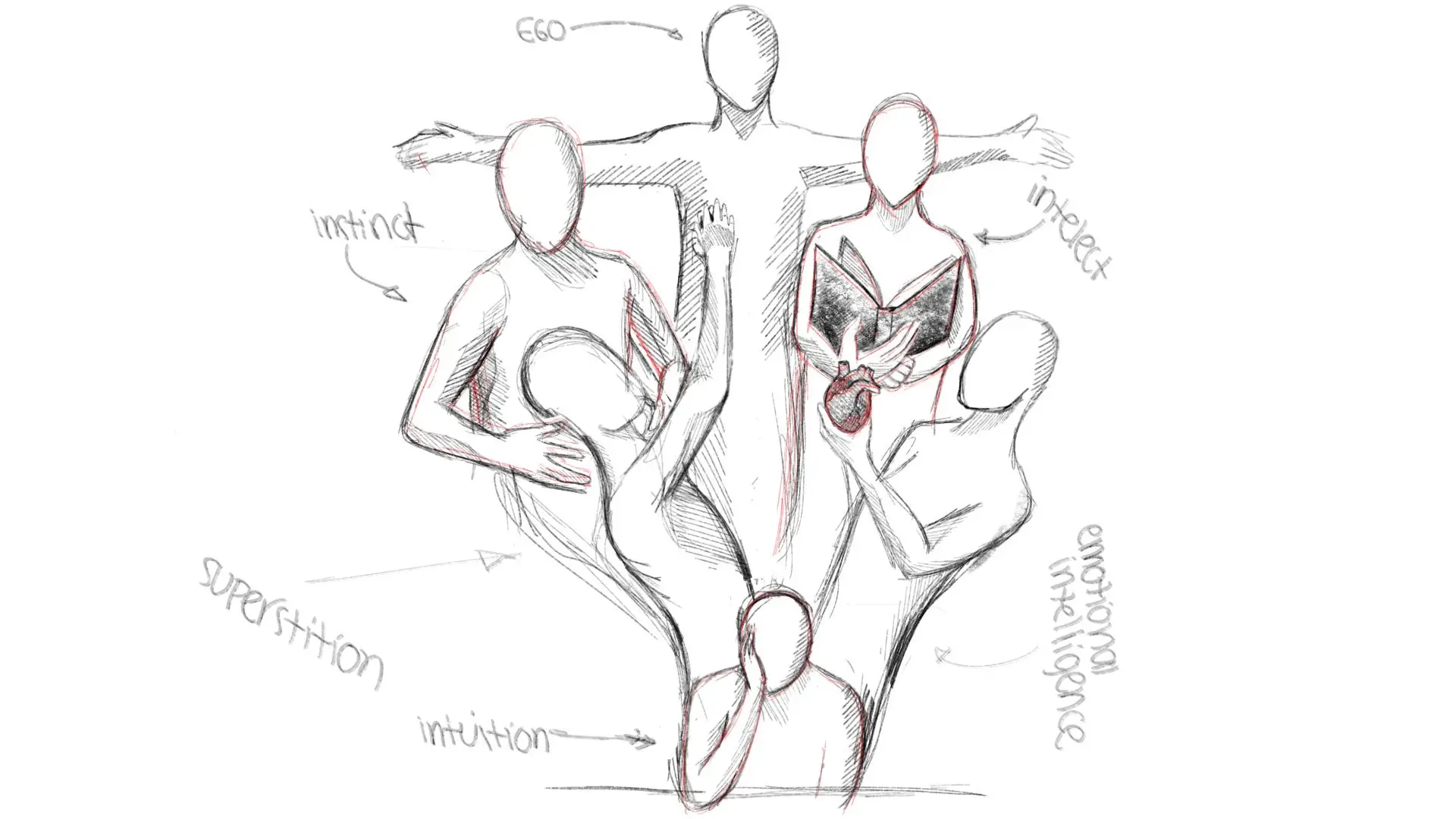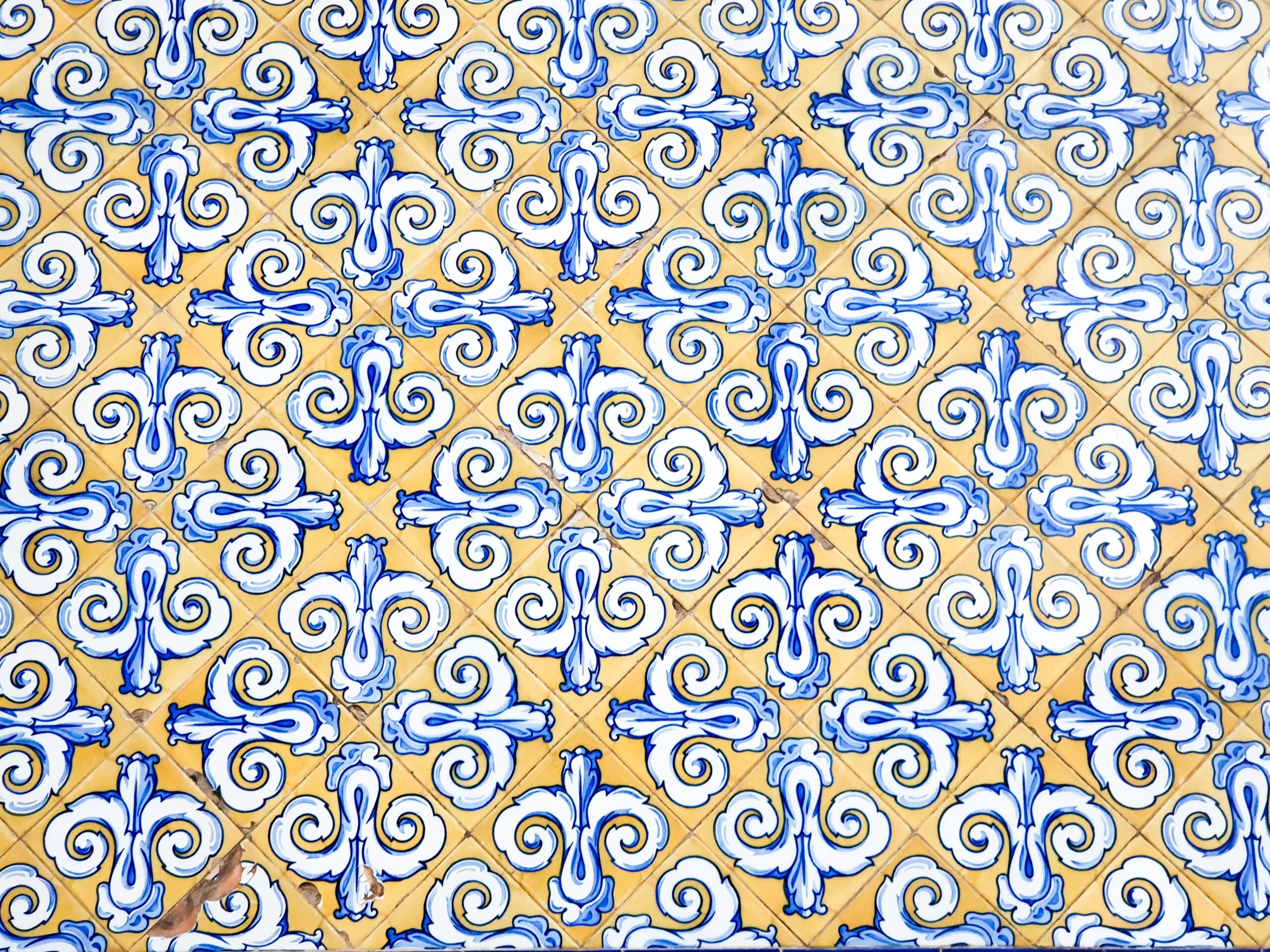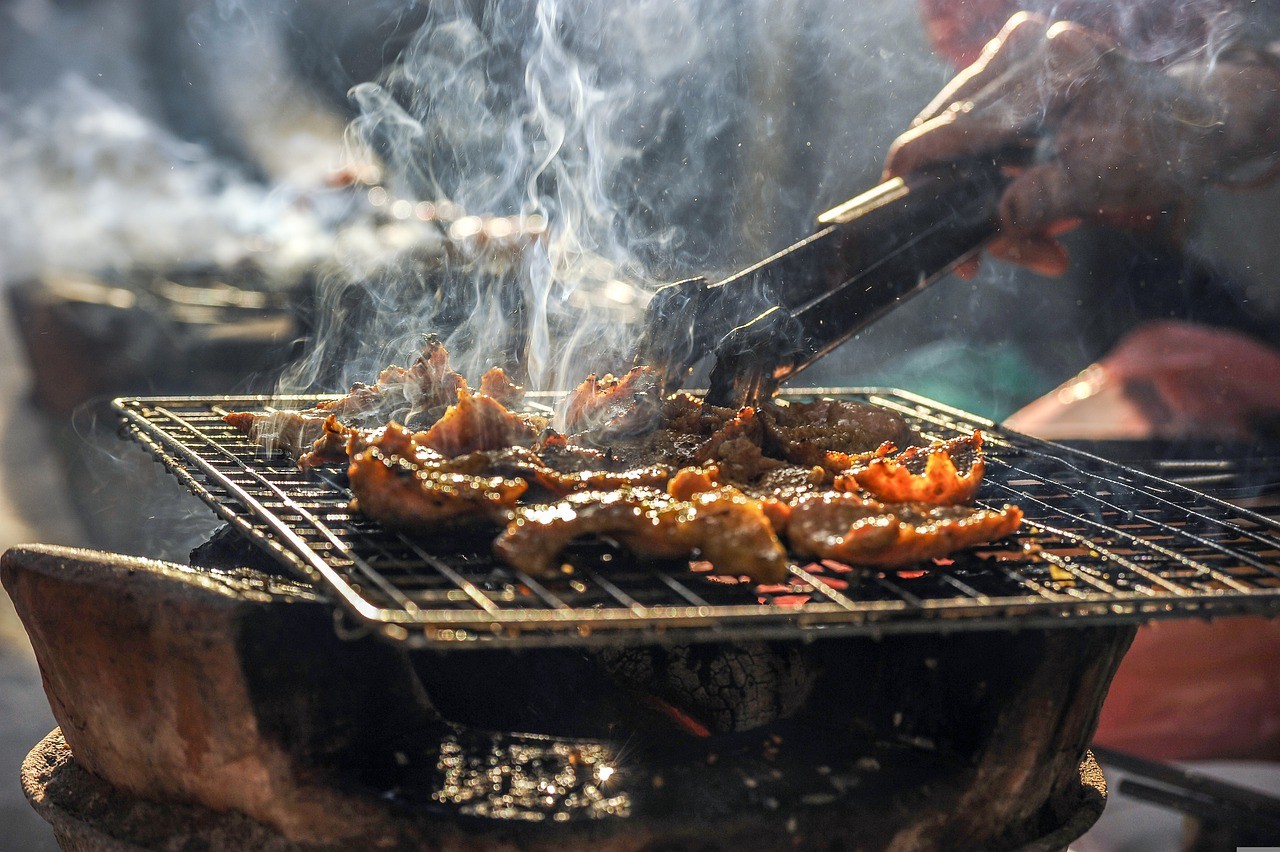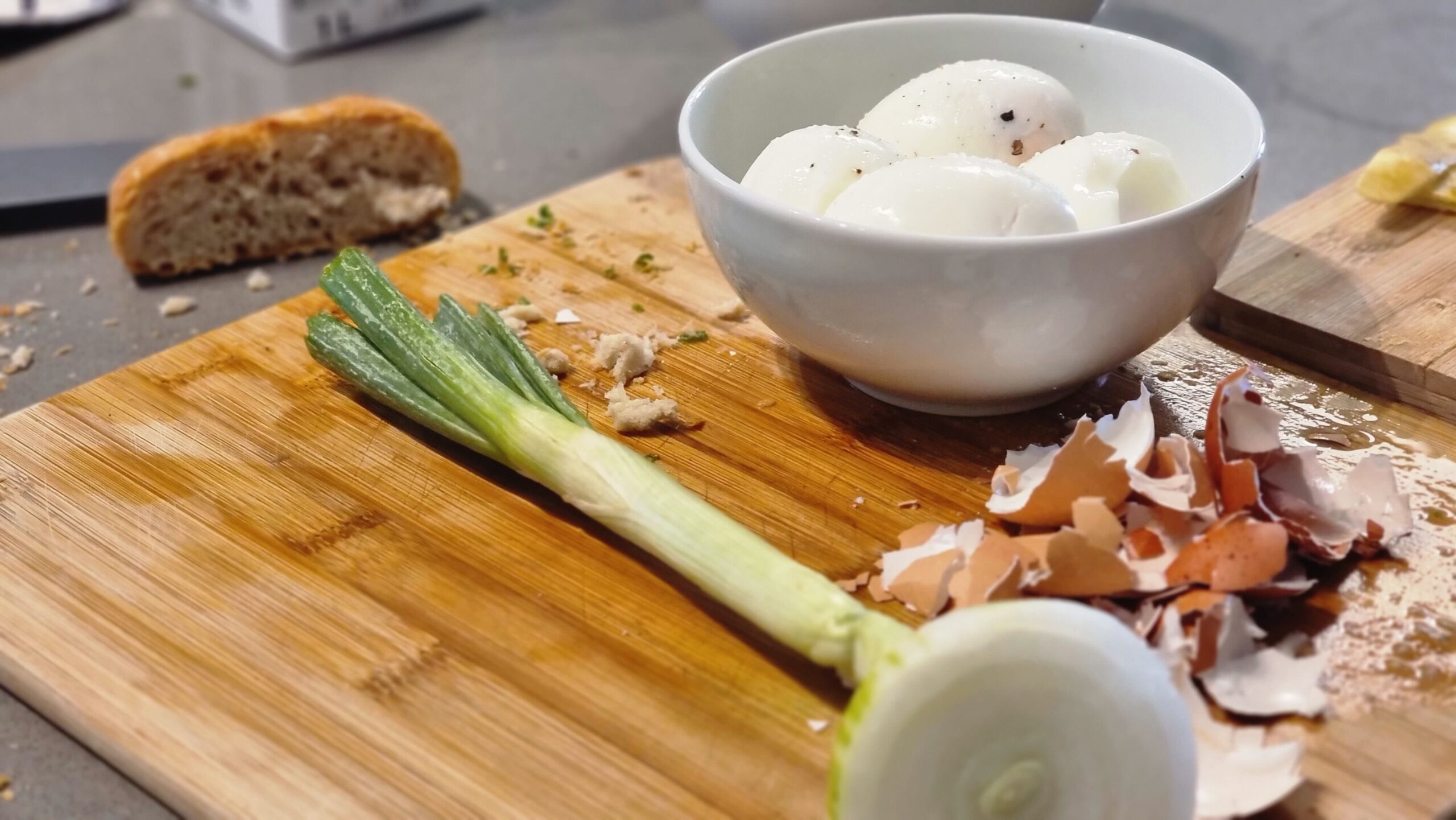Luca Guadagnino, film director, originally from Palermo, in the north of the island of Sicily, in a land where surely not by chance, one breathes both art, drama and beauty. The man responsible for “Io Sono l’Amore” (2009) and “Call Me By Your Name” (2017), adds “We Are Who We Are” (2020), an 8-episode miniseries, for a home viewing platform, to his “curriculum vitae” without ignoring the traces from his previous projects. The show portrays a group of teenagers trying to cope within their means, in a limited living space offered by an American military base. In between families with apparent formal modernity, the two main characters follow an order of experimentation typical of their age that is timeless and not very modern – the search for their own identity. Few things are more unfathomable than an adolescent mind and the apparent order that shapes its thoughts. Total discord in 16-year-old brains.
Each episode has a tremendously devilish game of contrasts. The basis of the American barracks, the war, the toxic relationships, and the lack of communication, all screams “Where there is no beauty, there is unhappiness and frustration”. It is important to emphasize that beauty is not assumed as a universal principle; each character is free and expresses it in their own way and enjoys it. Moreover, the more the character breaks from uniformity, the freer and happier; either through hairstyle, clothes, or what they simply eat.
The most beautiful place in the world is not the one we are imagining. There are no sea views or golden sunrises or sunsets with brilliant maroon scents. It is simply the one where one’s beloved person or object is. It is the summon of beauty, the perfect combination of ingredients at the right time and place.
Cinema provokes this complex transmission of feelings, given that it handles an infinite number of elements in which the director must choose what is the most important to convey their desired message. With these thoughts in mind, it brought me back to the memory of a meal with my family at the “Arzak” restaurant in the Basque town of Donostia, Spain. Upon arrival, I noticed the subtleties, just as I did with Luca’s series. The restaurant’s surroundings are in a nondescript building with a discreet facade, which would go unnoticed if not for a facelift that aims to revalue the building at the height of its gastronomic content. In its parking lot, you can find anything from a hybrid utility vehicle to a posh limousine, and at the same time, the interior decoration is an attempt to reach a consensus with the average diner which is not endowed with the same criteria for worshiping the temple as well as the offerings.
The head of this restaurant has as much responsibility as Luca Guadagnino with his ventures, as they have infinite ingredients but select only a handful of them to create the necessary result. The choice is difficult and must be in perfect harmony to transmit an idea that connects the director with the public, or in “Arzak’s” case the chef with the diner. It feels as if every dish on the menu were an episode of a series that you wish would never end but at the same time, you are looking forward to the next one. All are independent and at the same time connected.
Let’s take as an example what I ate that day. There is a thread of familiarity between the “Kokotxas de La Kontxa” (stewed fish necks), the prawns, the lobster, and Marmitako (Basque fish stew) while passing through the Txipiron or cuttlefish and the Grilled Monkfish. They all tasted totally different from any dish with the same name that my mother had cooked, but at the same time, they were totally identifiable. I was tasting a Marmitako de Bonito del Norte (typical Basque Tuna Stew) that was recognizable with my eyes closed and reminiscent of childhood in the hot August. Out of all of them, I’ll stick with the egg with wheat, because I longed for the fried egg, potatoes, and piquillo peppers from Lodosa cooked when I was no more than 12 years old (which it’s still my favorite dish). Each plate was a jewel in which beauty was sought, the blurring of some ingredients to nuance and extol others. Giving prominence to some at the expense of the secondary ones that are essential for the first ones to shine.
In an interview, Juan Mari Arzak was asked what his favorite dish was, and he answered: “fried eggs”. I don’t know to what extent this is true, but it’s easy for me to believe because just as any meal becomes a magical event if one adds a good wine to it, the simple ingestion of a fried egg is enough to cheer up any stomach and turn it into a festive event. That, for me, is beauty. Maybe that’s why a restaurant rarely lacks a dish where the egg is the protagonist, as well as a diner, like me, who, when served eggs with wheat, knows he is in the right place. As I ate at Arzak, I noticed that none of the dishes tasted as I remembered them. Nevertheless, they all seemed to remind me of the person I used to be, stirring up a range of emotions and memories associated with my personal history.

